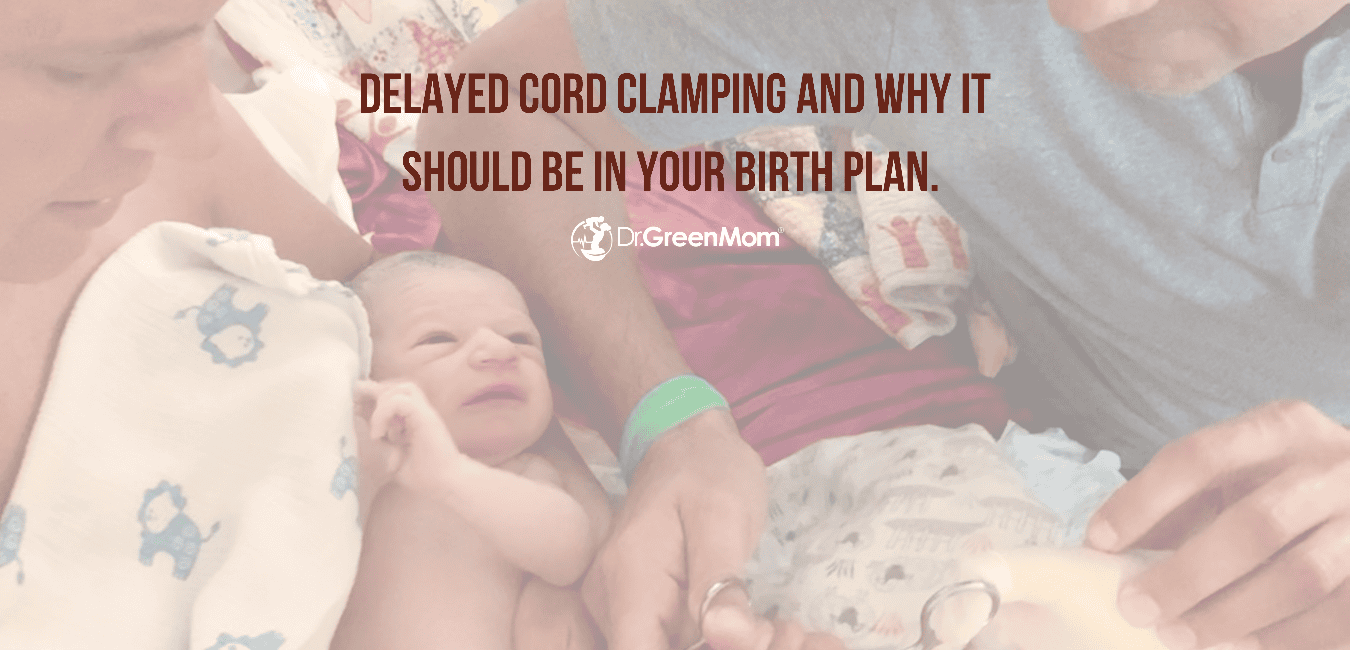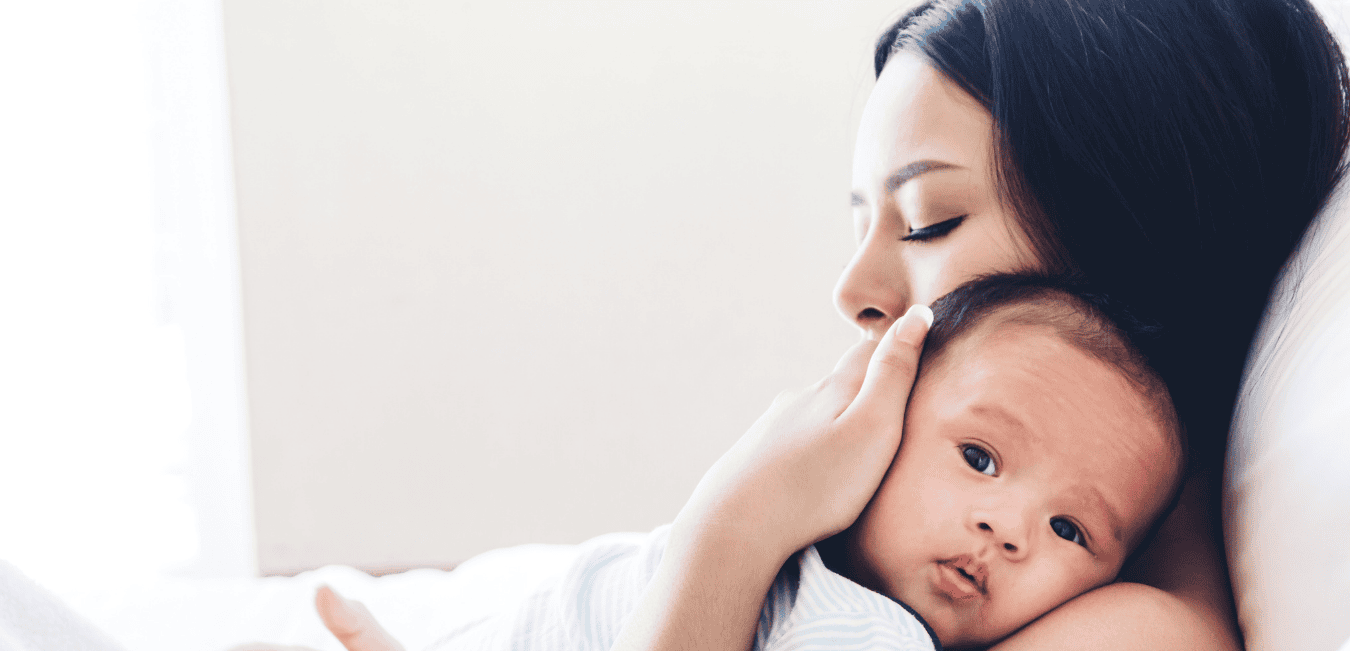Co-sleeping, an age-old behavioral pattern intertwined with breastfeeding, has helped shape the bond between human infants and their mothers over the five million years of human history. While 70% of the world’s population continues to co-sleep, the American Academy of Pediatrics (AAP) recommends that infants sleep alone on a flat, firm mattress without blankets or other items (1,2). While for some families the AAP’s recommendation works well, for many others, co-sleeping works best and that is just fine – and yes, even beneficial – if done safely!
Studies show that at least half (and my experience tells me that this is likely more) of all parents co-sleep with their infants at some point (3). I want you to be equipped with the knowledge and support you need to co-sleep safely and confidently if you choose to do so. In this article, we’ll explore the significance, benefits, and safety guidelines of co-sleeping to ensure a secure and nurturing sleep environment for families.
Note: there are a number of different definitions of co-sleeping. For the purposes of this article, co-sleeping refers to the practice of parents sharing a bed with their infant.
 Benefits Of Co-Sleeping
Benefits Of Co-Sleeping
Co-sleeping offers numerous benefits for both baby and mom. Research suggests that co-sleeping can be beneficial for attachment, promotes better sleep regulation for babies, and facilitates easier breastfeeding due to close proximity (4). For babies, the physical touch and warmth provided by co-sleeping can regulate body temperature and breathing, reduce stress hormones, and contribute to overall emotional well-being (5,6). For parents, co-sleeping allows them to respond quickly to a baby’s needs. Additionally, co-sleeping can help parents get more sleep by minimizing the need for disruptive nighttime movements.
Read more about the effects of sleep deprivation on new moms: 4 Causes of Baby Brain And What To Do About Them – Dr. Green Mom.
Risk Factors Associated With (Unsafe) Co-Sleeping
The AAP does not recommend co-sleeping because there is a documented relationship between co-sleeping & SIDS (sudden infant death syndrome). Note that there is an established relationship between the two, which is not conclusive evidence of causation. However, when risk factors are not present, a UK study was able to demonstrate that there was no increased risk of SIDS while co-sleeping, and, for babies older than 3 months, co-sleeping was actually statistically safer than independent sleep (7). Below are risk factors associated with co-sleeping.
Positioning
In the years immediately following the ‘Safe to Sleep’ recommendation 1994, which recommended all babies sleep on their backs, SIDS rates dropped by 40% (8). This is one of the biggest safe sleep factors to consider when caring for your baby. Once babies can roll both directions on their own, it is safe for them to sleep in the position that they naturally position themselves in if they are in a crib. When sleeping in the parental bed, which is softer than a crib mattress, I recommend waiting until babies are at least 12 months old before allowing them to sleep on their bellies.
Sleep Surface
Co-sleeping should only be done in a properly prepared bed. Co-sleeping on sofas and other surfaces comes with a higher risk of SIDS (9).
Suffocation
Blankets, pillows, soft mattresses, other kids in the bed, pets, and even a parent’s long hair can increase the risk of suffocation and strangulation (9). If co-sleeping, it is very important for mom to sleep without a pillow (unless it is behind her back to support sleeping in the C-position), with long hair tucked away in a braid or ponytail, and for the blanket to be tucked in so it doesn’t pass her thighs. If other children are in the bed, they should be on the opposite side of mom. Pets need to sleep outside of the room.
Smoking
One of the biggest risk factors associated with SIDS is parental smoking (9). If you or your significant other smokes, or if your baby is otherwise regularly exposed to secondhand-smoke, do not co-sleep.
Alcohol Consumption
Do not co-sleep if you have consumed alcohol, marijuana, sleeping pills (natural or pharmaceutical), or any other medication or substance that can affect your awareness.
Premature Babies and Low Infant Birth Weight
Premature birth is a risk factor for SIDS, in both a co-sleeping and non co-sleeping arrangement (10). Extra care should be taken with this population. Likely, the safest sleep arrangement for a premature baby during her first three months would be on her back in a bassinet to the side of the parental bed.
How To Safely Co-Sleep
If you decide that co-sleeping is right for your family, by avoiding the risk factors described above and following the guidelines outlined below, you can create a safe and nurturing co-sleep environment.
The C-Curl Position
The C-curl position is a recommended co-sleeping posture that facilitates easy nursing and creates a safe sleep environment. To get into the C-curl position, lie on your side in the center of the mattress, bending your knees forward – this will prevent you from rolling forward. Bring your baby into the space you’ve created inside the ‘c’ of your body, facing you.
Safe Sleep Surface
Sleep on a firm mattress that provides proper support and avoids sagging or dipping. Co-sleeping on sofas and other surfaces comes with a higher risk of SIDS.
 Back Is Best
Back Is Best
Avoid swaddling your baby if you co-sleep, and do not let your baby sleep on their tummy on an adult mattress if they are under 12 months old. While tummy sleeping may be safe in a crib once they can roll both ways, it is not recommended on a relatively softer adult mattress.
Side-Lying Position To Nurse At Night
During nighttime breastfeeding, nurse in the side-lying position with baby on their side. Most babies will naturally roll onto their backs during sleep, but, if not, gently roll them onto their back when they have finished nursing. As they grow stronger, babies can sleep on their side for easy access to breastfeeding. When it’s time to nurse from the other side, you can carefully crawl over your baby or gently roll them over your body if there are no other children sleeping on that side. Or, you can shift your hips and tilt your body to nurse from the top side while remaining in the same position.
“Safe Sleep Seven”
The La Leche League has come up with the “Safe Sleep Seven,” which is a handy summary of co-sleeping best practices (11).
- There is nobody in the house who is a smoker.
- The parent must be sober.
- The baby is breastfed. Note that non-nursing parents can also bedshare; this is in reference to the data that breastfed babies are at a lower risk of SIDS.
- Baby is healthy and full term.
- Baby is on their back.
- No sweat. Baby is lightly dressed and un-swaddled.
- Parent and baby are on a safe sleep surface.
Summary
Co-sleeping is a practice as old as time. It is one of the things many moms instinctively do when caring for their babies. However, it is not recommended by the AAP. There are several established risk factors that increase the risk of SIDS when co-sleeping: premature birth, unsafe sleep surface, suffocation, alcohol or other substance consumption, and smoking. The C-curl is a safe co-sleeping position that facilitates easy nursing and creates a safe sleep environment.
References:
- Barry E. S. (2019). Co-sleeping as a proximal context for infant development: The importance of physical touch. Infant behavior & development, 57, 101385. https://doi.org/10.1016/j.infbeh.2019.101385
- Safe sleep. American Academy of Pediatrics. (2022). https://www.aap.org/en/patient-care/safe-sleep/
- Blair, P. S., & Ball, H. L. (2004). The prevalence and characteristics associated with parent-infant bed-sharing in England. Archives of disease in childhood, 89(12), 1106–1110. https://doi.org/10.1136/adc.2003.038067
- Buswell, S. D., & Spatz, D. L. (2007). Parent-infant co-sleeping and its relationship to breastfeeding. Journal of pediatric health care : official publication of National Association of Pediatric Nurse Associates & Practitioners, 21(1), 22–28. https://doi.org/10.1016/j.pedhc.2006.04.006
- Waynforth D. (2020). Mother-Infant Co-Sleeping and Maternally Reported Infant Breathing Distress in the UK Millennium Cohort. International journal of environmental research and public health, 17(9), 2985. https://doi.org/10.3390/ijerph17092985
- Barry E. S. (2019). Co-sleeping as a proximal context for infant development: The importance of physical touch. Infant behavior & development, 57, 101385. https://doi.org/10.1016/j.infbeh.2019.101385
- Blair, P. S., Sidebotham, P., Pease, A., & Fleming, P. J. (2014). Bed-sharing in the absence of hazardous circumstances: is there a risk of sudden infant death syndrome? An analysis from two case-control studies conducted in the UK. PloS one, 9(9), e107799. https://doi.org/10.1371/journal.pone.0107799
- National Guideline Alliance (UK). Co-sleeping risk factors: Postnatal care: Evidence review N. London: National Institute for Health and Care Excellence (NICE); 2021 Apr. (NICE Guideline, No. 194.) Available from: https://www.ncbi.nlm.nih.gov/books/NBK571558/
- Raydo, L. J., & Reu-Donlon, C. M. (2005). Putting babies “back to sleep”: can we do better?. Neonatal network : NN, 24(6), 9–16. https://doi.org/10.1891/0730-0832.24.6.9
- Malloy, M. H., & Hoffman, H. J. (1995). Prematurity, sudden infant death syndrome, and age of death. Pediatrics, 96(3 Pt 1), 464–471.
- Zion.Tankard. (2020, July 29). The safe sleep Seven. La Leche League International. https://llli.org/the-safe-sleep-seven/



5 Comments